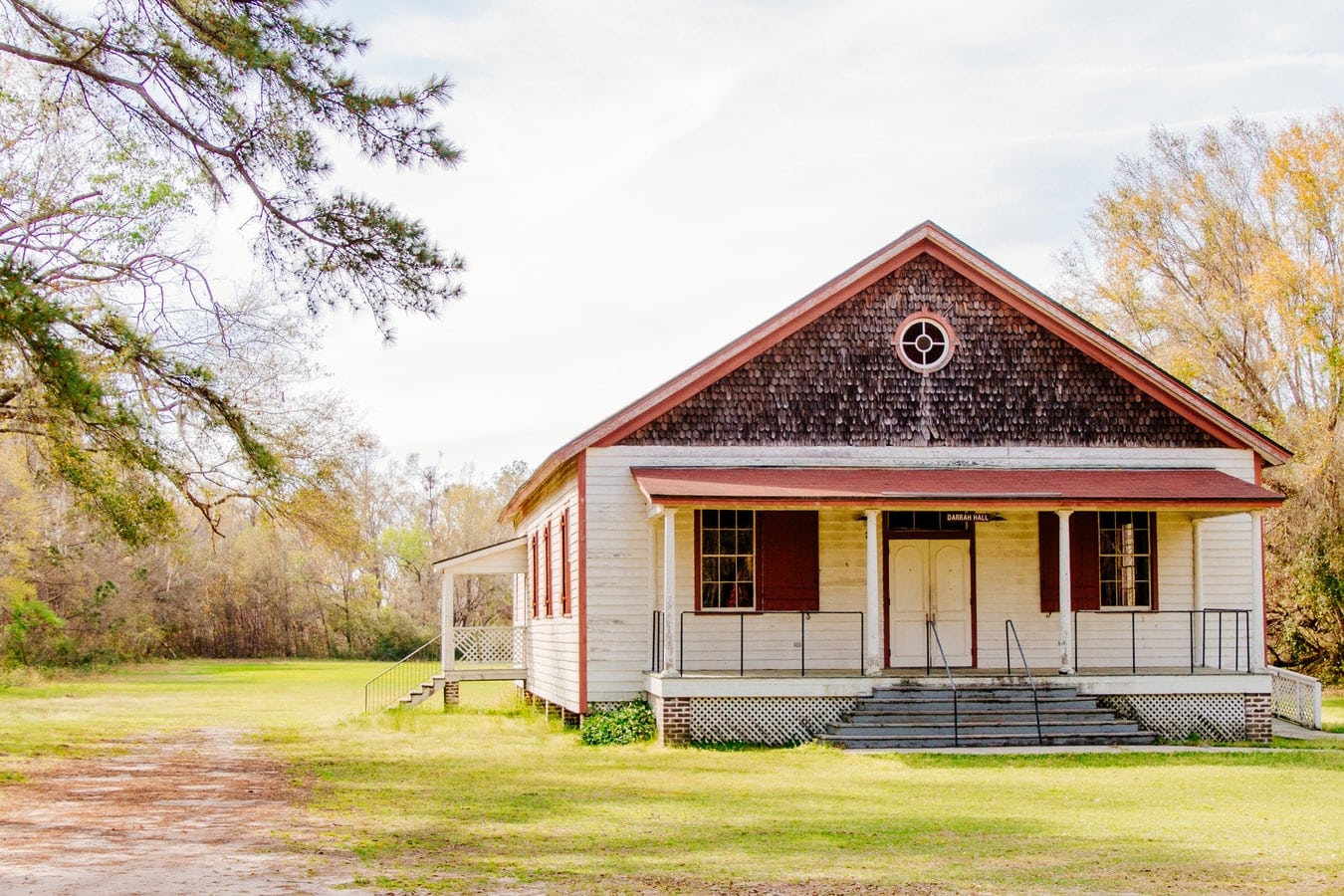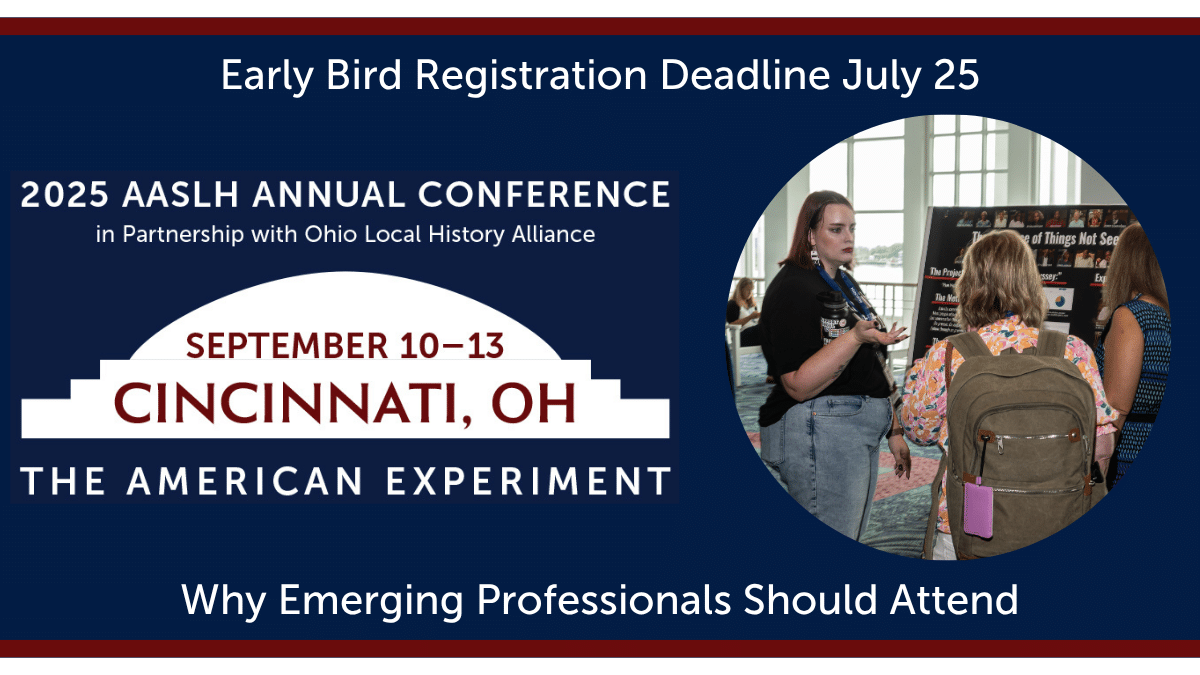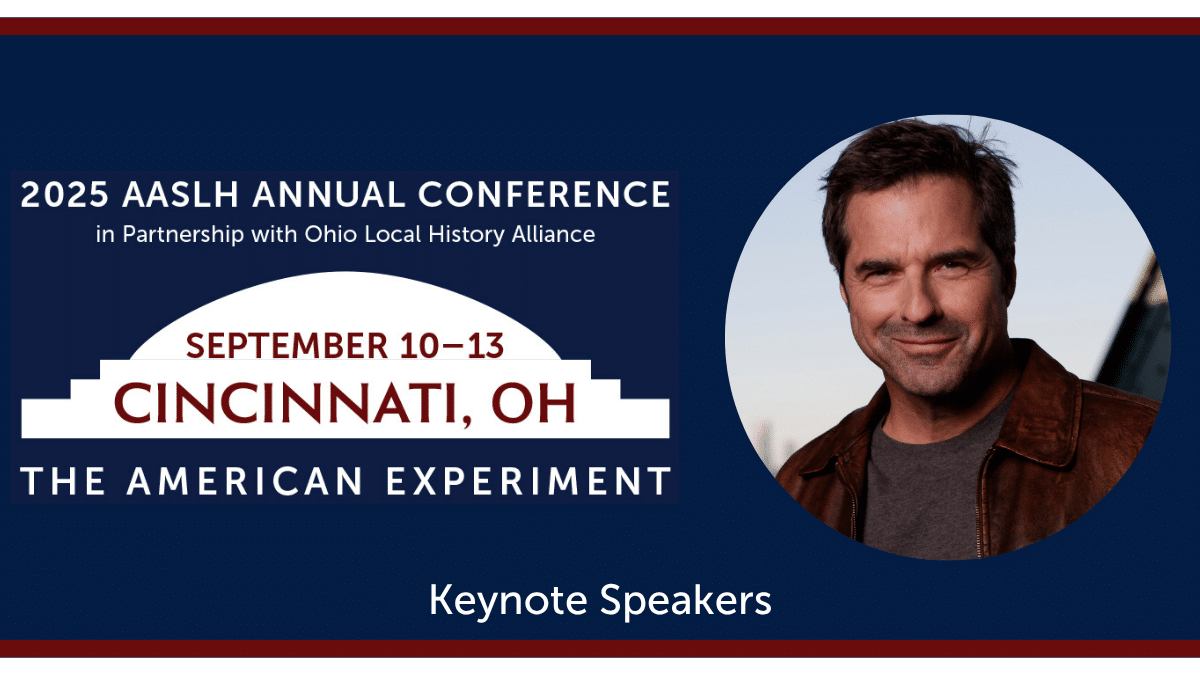
“Women Barbers at Tule Lake Segregation Center,” Library of Congress.
By Priya Chhaya, National Trust for Historic Preservation, The Inclusive Historian’s Handbook Advisory Committee
In considering The Inclusive Historian’s Handbook as a resource, two significant phrases come to mind. The first, the layered past, offers a glimpse of how I approach inclusive historical thinking. While I know the field is often awash in metaphor, this idea of layers, helps me to visualize how the histories we share did not occur in a vacuum. Rather, they live one on top of each other, bleeding across boundaries, identities, communities, and borders. Understanding these layers, not just in the historical record itself, but also in the practice of telling stories is critical to creating an inclusive historical practice.
The second concept centers around trust. So much of traditional practice comes from a place of authority. After all, as practitioners we have spent much of our lives learning the tools, skills, and tactics to research and tell these histories. However, in doing our work, historians have willingly (or unwillingly) obscured narratives of a wide swath of the human experience, and as a consequence, we have lost the trust of those communities whose histories were ignored.
With these two ideas in mind, when I was approached to produce a piece for the handbook that focused on historic preservation, I immediately asked myself: What is an inclusive historic preservation practice? I knew that it wasn’t about the process of preservation, of the important laws and regulations, or the act of designation and landmarking. Rather I wanted to write an entry that went further, examining the very root of preservation practice—the places we save.
My entry for the handbook chronicles not just the basic history of the preservation movement but also looks at strides that have occurred in the field in the just over fifty years since the passage of the National Historic Preservation Act. Central to this conversation is a focus on people over place, which includes a shifting of authority in identifying what places are preserved, and also who is making the decisions around preservation projects. While most of the piece looks at preservation from the national perspective (I am an employee of the National Trust for Historic Preservation), I tried to include voices, ideas, and experiences from many working at the state and local levels. 
Also, much like my layered metaphor of history writ large, this conversation goes beyond saving actual places to building an inclusive preservation practice, where multiple voices are empowered to be a part of the professional community rather than separate from it.
Above all else, it is critical that we rebuild trust. Without the essential element of community engagement we will always be seen as a movement that merely steps in to save one place at a time without acknowledging the broader impacts preservation has on the larger contexts in which places exist. While this may not be happening everywhere, it is definitely a part of the overall perception of preservation practice.
So how do I see The Inclusive Historian’s Handbook being used? I see it being used to build connections; to reveal through entries about “Historic Preservation,” “Heritage Tourism,” and “Public Folklore” (for example) that various types of historical practice do not occur in isolation from one another; to illustrate that inclusion, equity, and service are threaded across all forms of our profession; to urge discussion and provide practical examples of how these practices can be put into place.
I specifically hope that my entry illustrates what modern historic preservation practice is moving towards—where the tactics and tools that have worked for over fifty years, coupled with the newer strategies my fellow authors and I describe will continue to build forward momentum to forge a more inclusive preservation movement in the years to come.
Learn more about the The Inclusive Historian’s Handbook, and join the authors and Advisory Committee at #AASLH2019.



